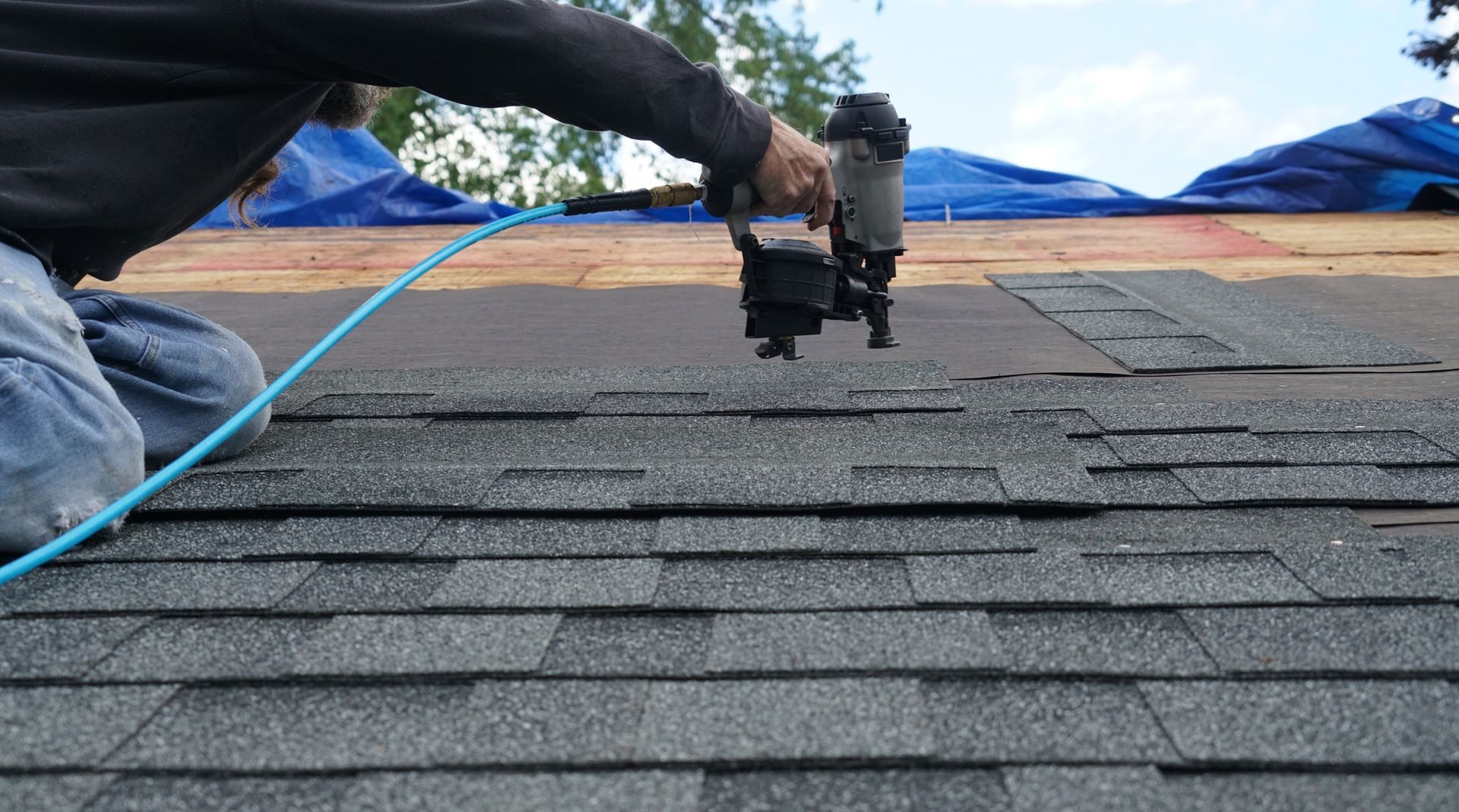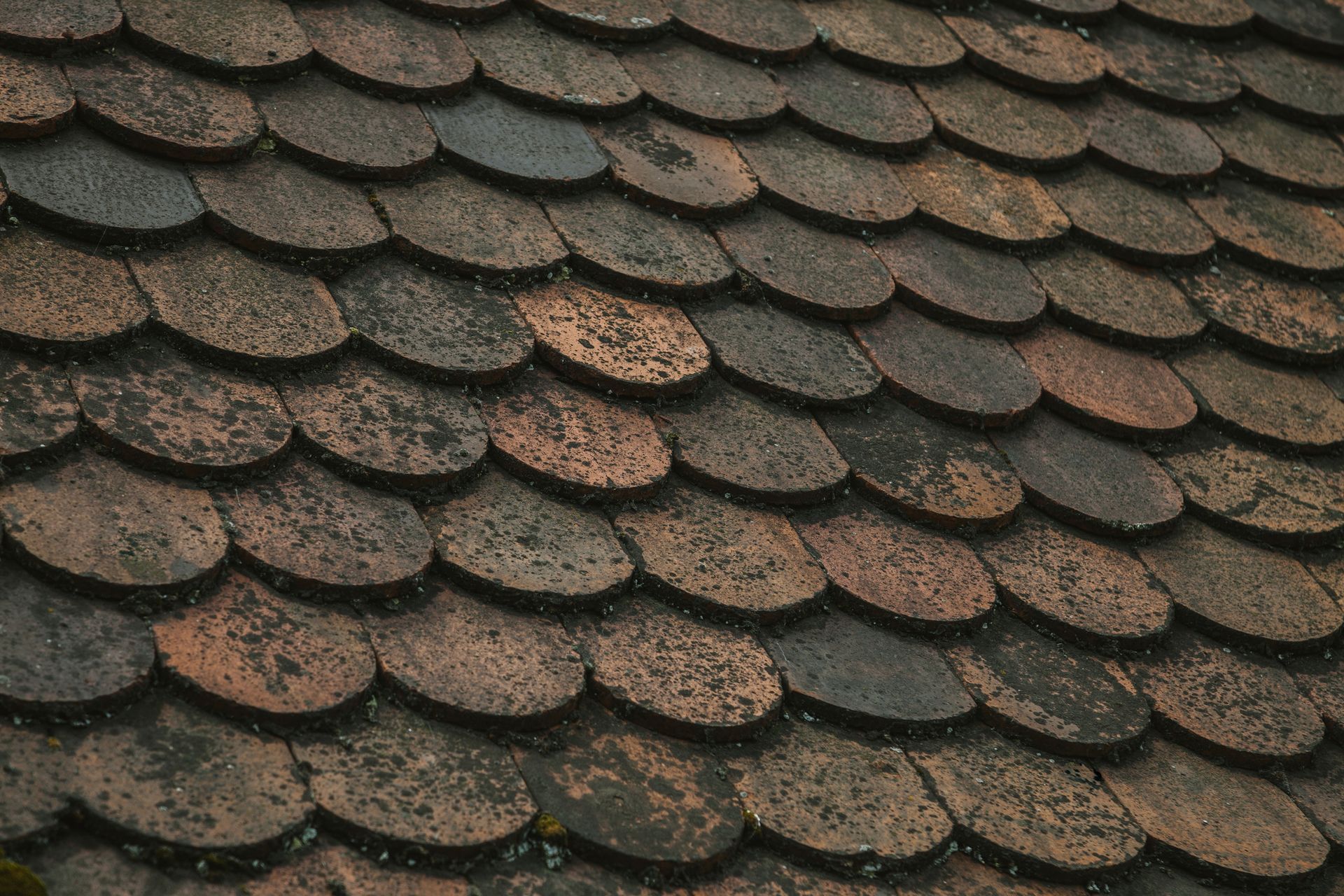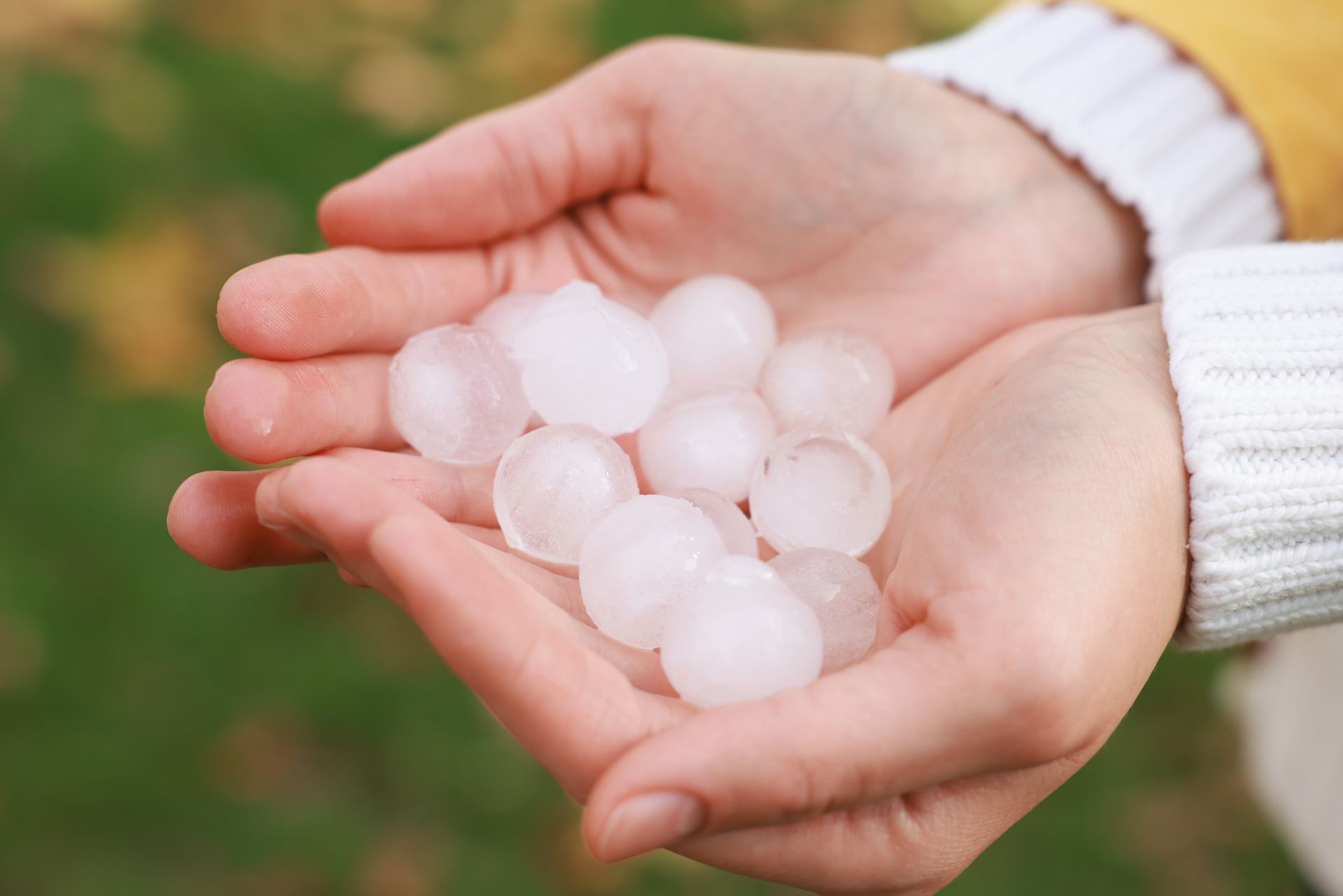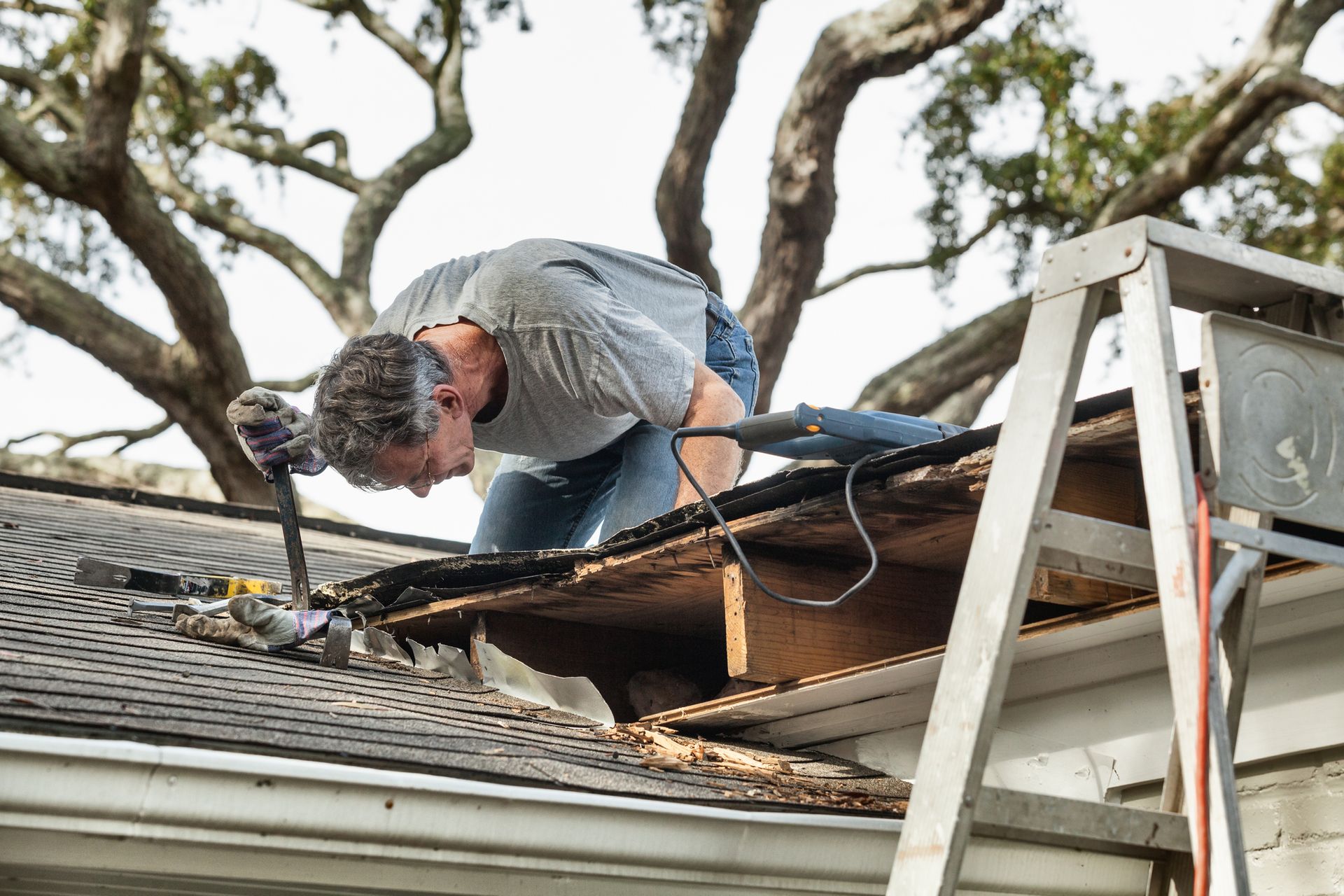
NATIONWIDE SERVICE
Damaged Property? Vandalism? Call Us to Secure Your Home!
833-697-1428
Blog Layout
Emergency Roofing: How Long a Tarp Should Last
Rachael Eslao • May 18, 2021
How Long Can a Tarped Roof Last?
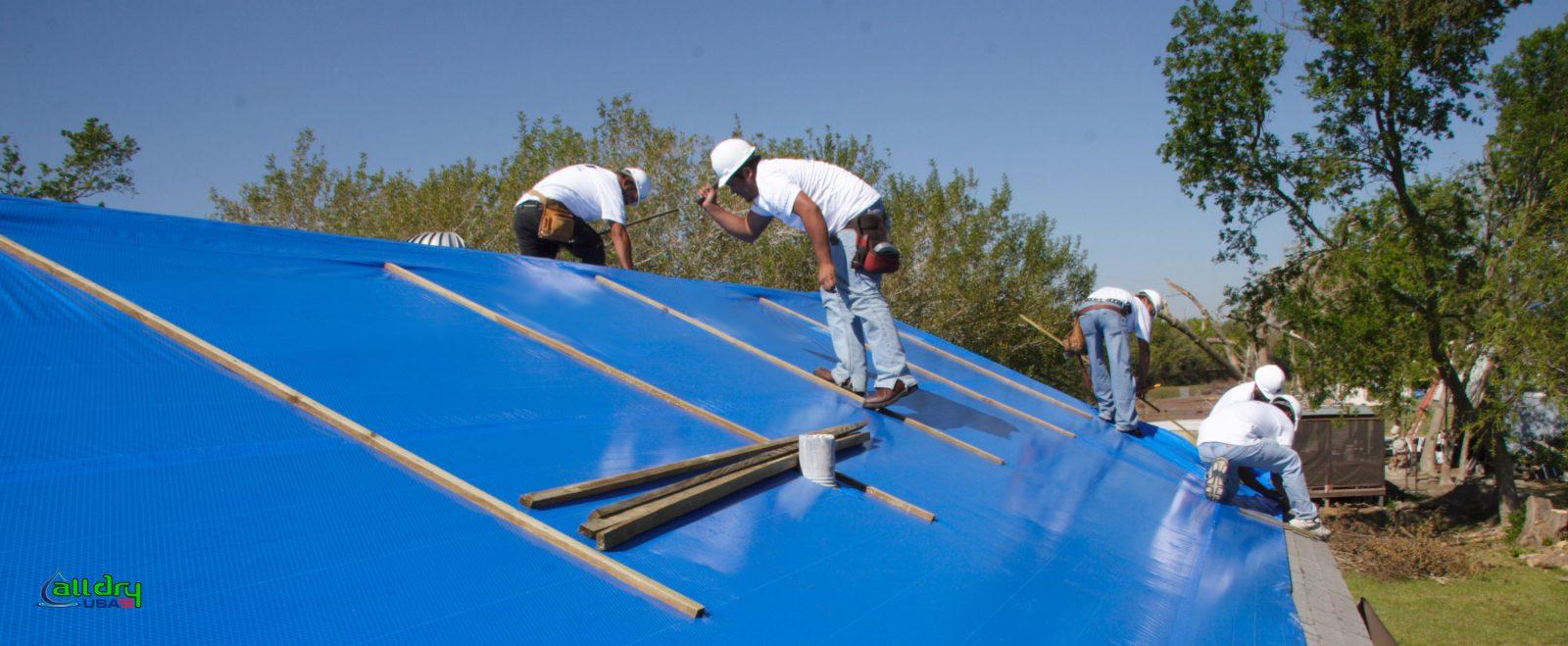
A storm can leave your roof severely damaged. You’ll need emergency roof repairs to prevent further damage. Roof damage leads to water infiltration, mildew, ruined possessions, and poor health. This is where emergency roofing comes into play; a large sheet of plastic or rubberized fabric, known as a Tarp, is placed on a damaged roof to keep the water out while preventing further damage.
Do Not Attempt to Trap Your Own Roof
Roof maintenance requires a lot of skill. Even in the best conditions, it isn't something to take lightly. Before we talk about tarping, it is important to make that clear. Do not climb on top of your roof after a storm.
Tarps are usually thrown over any kind of roof immediately after a storm, but especially over shingle roofs, as tarps ride up and cover the roof ridge, helping to expel moisture.
Emergency roof repairmen usually have these gigantic tarps on hand. Since one single waterproof sheet is applied over the entire roof, the damaged roof beneath stays intact. Water runs into gutters, keeping the existing damage untouched, even when necessary, repairs are made.
Installed Correctly
There are two types of tarp installation typical after a storm:
1. Temporary —Temporary tarps are thrown over the roof literally as the raindrops fall, with anchors placed along the sides and bottom. There is no nail hole in the expanse or ridge, so the water will escape your home. There are ways to prevent wind uplift including furring strips and weighted sandbags.
2. Long Term — The insurance issues, contracts, and scheduling may need to be addressed while a tarp is placed for the long term. A heavier tarp, tightly fastened to the roof, will be used as a roof replacement.
The Life Expectancy
The temporary tarping will last a few months.
A long-term tarp installation could last up to two years.
Having just a tarp on the roof won't make your home water-resistant, energy-efficient, or comfortable. However, tarping will give you and your local roofer breathing space. With the tarp in place, you, your insurer, and the roofer can work together to address the issue to a satisfactory resolution.
If you need Emergency Roof Tarping following a storm, give Roof Tarp & Board Up a call today!
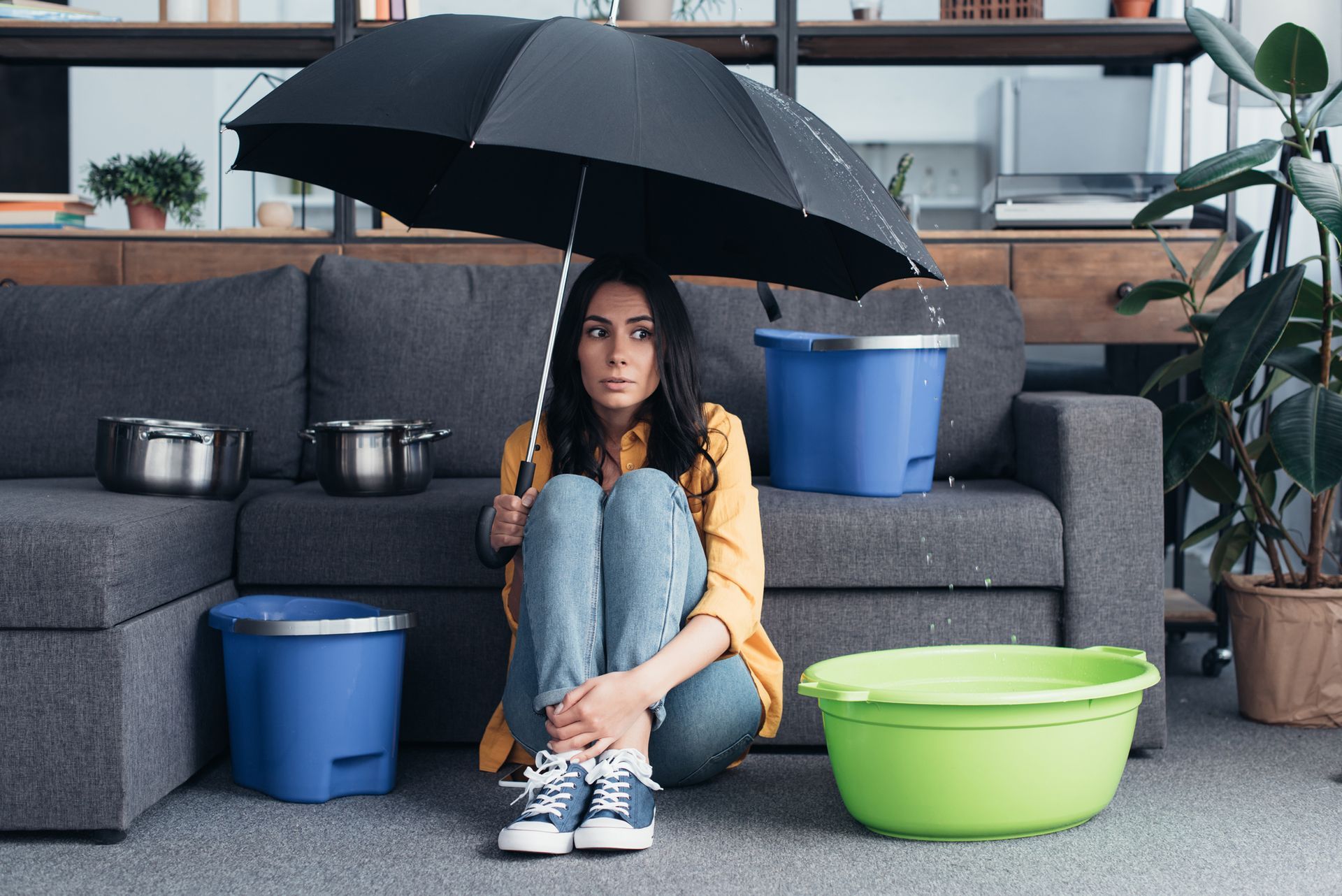
By Rachael Eslao
•
April 18, 2023
One of the most common types of roof damage caused by spring storms is water damage. Heavy rain can cause leaks in your roof, leading to water damage to the walls, ceilings, and floors of your home. Water damage can also lead to mold growth, which can cause health problems for you and your family.
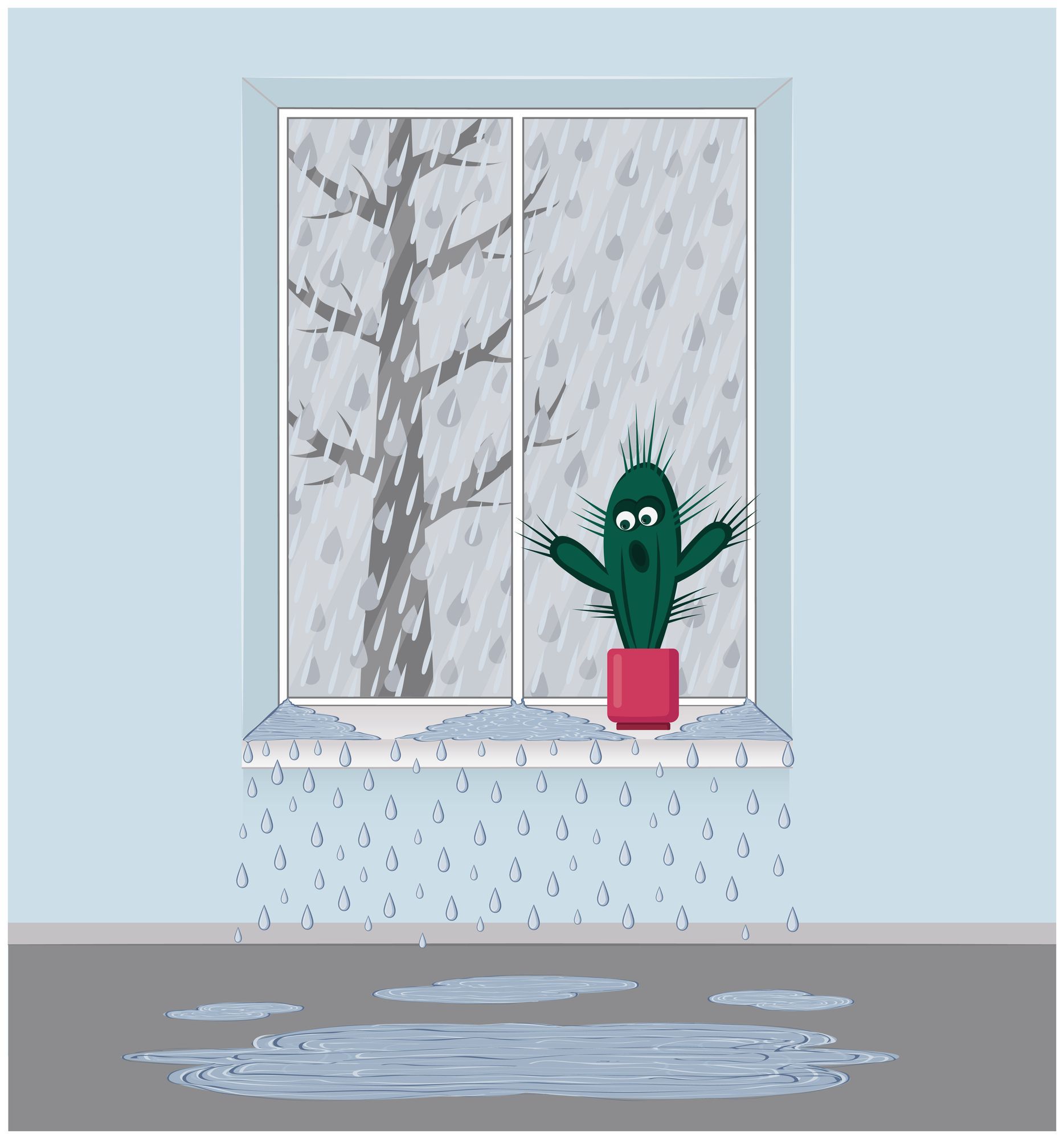
By Rachael Eslao
•
April 3, 2023
The first step in dealing with a leaking window is to identify the source of the problem. The cause of the leak may be a damaged window frame or a problem with the seal around the window. Once the source of the leak has been identified, you can determine if boarding up the window is necessary.
HOURS
Available 24/7 365 Days


